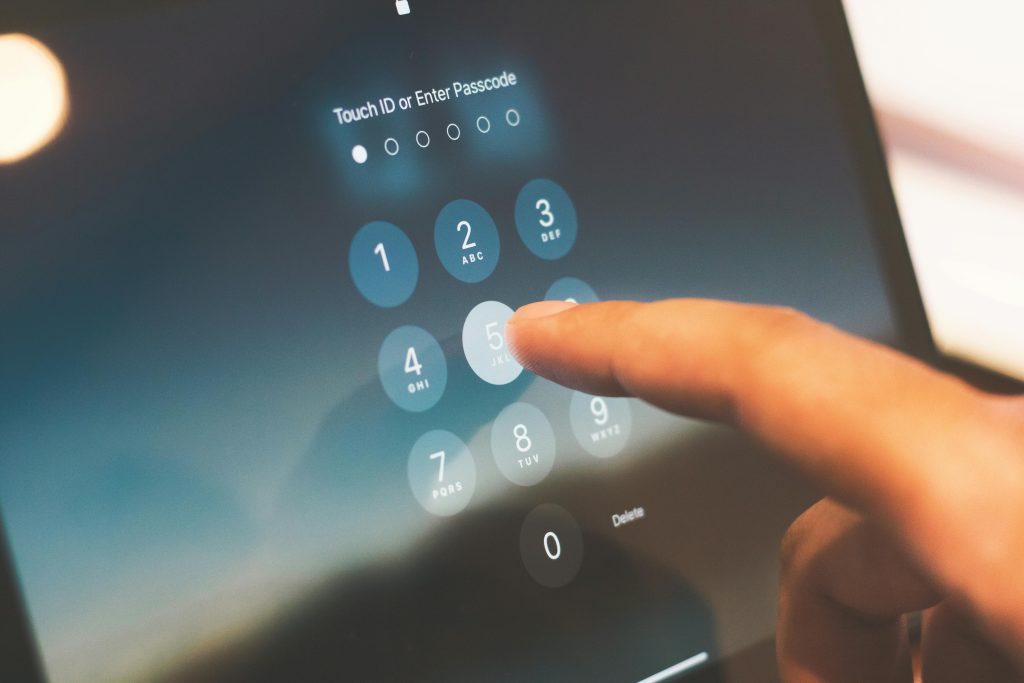Implementing Secure Boot in a Dual Boot Environment: A Step-by-Step Guide
Secure Boot is a vital security feature that helps ensure your system boots with trusted software, preventing unauthorized modifications. For users running a dual boot setup with Ubuntu 24.04.3 LTS and Windows 11 Pro, enabling Secure Boot can enhance security, but it also introduces some configuration challenges. This article outlines common issues encountered during the process and offers practical solutions based on expert guidance.
Understanding the Context
Many users aim to enable Secure Boot to meet security requirements or enjoy certain features that depend on it. The typical process involves configuring the system’s firmware, signing necessary boot components, and ensuring compatibility between operating systems.
Common Challenges and Troubleshooting Tips
- EFI Partition Detection Error During grub-install
Issue:
When executing the command:
bash
sudo grub-install --target=x86_64-efi --efi-directory=/boot --bootloader-id=GRUB --modules="tpm" --disable-shim-lock
you may encounter the error:
grub-install: error: /boot doesn't look like an EFI partition.
This indicates that the specified EFI directory isn’t correctly identified as an EFI System Partition (ESP).
Solution:
– Verify the EFI partition is mounted at the specified location. Typically, EFI partitions are mounted at /boot/efi.
– Check your mounted partitions with:
bash
lsblk -o NAME,TYPE,MOUNTPOINT
- If
/boot/efiis your EFI partition, adjust the command accordingly:
bash
sudo grub-install --target=x86_64-efi --efi-directory=/boot/efi --bootloader-id=GRUB --modules="tpm" --disable-shim-lock
-
Ensure that the EFI partition has the correct filesystem (usually FAT32) and is properly mounted before running the command.
-
Signing Files with sbctl Not Working as Expected
Issue:
Running:
bash
sudo sbctl sign-all
produces no output, and verification reveals files remain unsigned:
bash
sudo sbctl verify
shows that files are still unsigned.
Solution:
– Confirm that the Secure Boot key setup is complete and your system’s firmware is configured to recognize your keys.
– Run the signing command with verbosity to gather more information:
bash
sudo sbctl --verbose sign-all
- Ensure that your system’s key database includes your signing keys, and that the EFI
Share this content:



